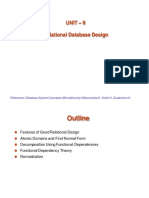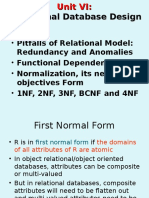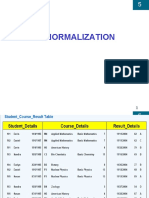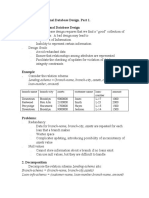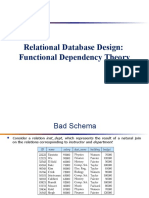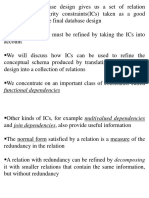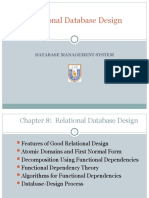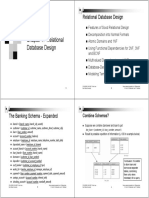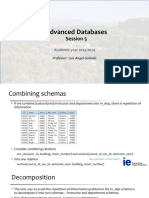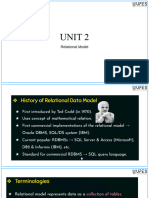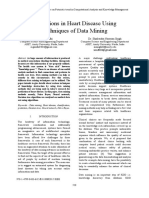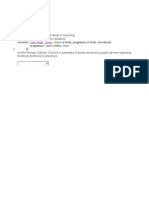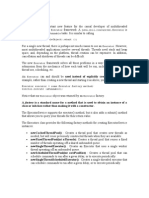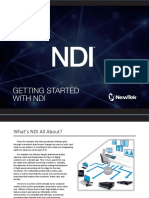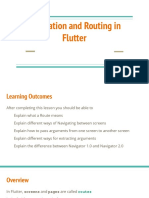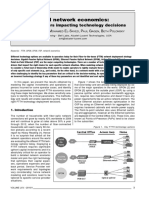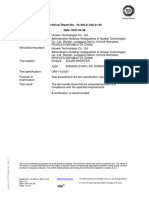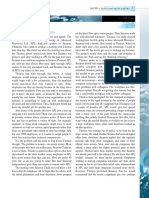0% found this document useful (0 votes)
127 views6 pagesDatabase Design Essentials
The document discusses features of good relational database design. It provides examples of combining and decomposing schemas. A combined schema for section and sec_class is proposed that avoids repetition by including all attributes in one relation. The concept of functional dependencies is introduced, where the values of some attributes determine the values of other attributes. Functional dependencies can indicate when a schema should be decomposed into multiple relations.
Uploaded by
Christin SwansonCopyright
© Attribution Non-Commercial (BY-NC)
We take content rights seriously. If you suspect this is your content, claim it here.
Available Formats
Download as DOC, PDF, TXT or read online on Scribd
0% found this document useful (0 votes)
127 views6 pagesDatabase Design Essentials
The document discusses features of good relational database design. It provides examples of combining and decomposing schemas. A combined schema for section and sec_class is proposed that avoids repetition by including all attributes in one relation. The concept of functional dependencies is introduced, where the values of some attributes determine the values of other attributes. Functional dependencies can indicate when a schema should be decomposed into multiple relations.
Uploaded by
Christin SwansonCopyright
© Attribution Non-Commercial (BY-NC)
We take content rights seriously. If you suspect this is your content, claim it here.
Available Formats
Download as DOC, PDF, TXT or read online on Scribd
/ 6




